Australian renewables developer Edify Energy has announced the Koorangie energy storage system is now fully operational, importing and exporting electricity to the grid in northwest Victoria at its full nameplate capacity.
Designed and developed by Edify but owned by Italian energy infrastructure investor Sostoneo Infrastructure Partners, the Koorangie battery has been installed next to Edify’s existing 50 MW Gannawarra solar farm and 25 MW / 50 MWh battery west of Kerang in Victoria’s Murray River region.
The Koorangie battery, constructed by Consolidated Power Projects (CPP), features 100 Tesla Megapacks equipped with grid-forming inverters that operate in ‘virtual machine mode.’ Edify said the technology will allow the battery to play a dual role, providing both energy storage and system strength services in the Murray River region that has faced grid constraints that limit renewable energy exports.
The Koorangie battery has secured a 20-year System Support Agreement with the Australian Energy Market Operator (AEMO) to provide 125 MW of system strength services to improve the network stability in the region. The battery is also supported by a 15-year term offtake agreement with Shell Energy Australia.
Edify said at full operation, the Koorangie battery will be capable of powering the equivalent of 350,000 homes for two hours, while boosting the amount of inverter-based resources, such as solar and wind power, that can be hosted in the region by up to 300 MW.
“This system seamlessly delivers critical system strength services to AEMO while dispatching clean, green electrons to the grid,” Edify Executive Chairman John Cole said.
“It’s a powerful example of how advanced grid-forming inverter and battery storage technologies can combine to solve some of the most complex challenges in Australia’s energy transition.”
Victoria Energy Minister Lily D’Ambrosio said the facility will play a vital role in unlocking the Murray River region’s full renewable energy potential and supporting the state’s clean energy transition.
“This project is a great example of the Victorian government partnering with energy industry leaders to deliver the infrastructure we need for the transition to clean and affordable renewable energy,” she said.
“The grid-forming inverters will allow the battery to replace the type of system strength services that were once only provided by fossil-fuel generators.”
The Koorangie facility is one of 12 projects funded through the Victorian government’s Renewable Energy Zone Fund, an initiative to strengthen and modernise the state’s energy grid. The state has legislated targets of at least 2.6 GW of energy storage by 2030 and at least 6.3 GW by 2035.
Edify said the Koorangie project is the company’s 12th major energy infrastructure development to reach commercial operation.
The Sydney-based company said it has developed and financed more than 1 GW of utility-scale solar farms and battery energy storage systems and, in addition to projects currently in construction, is managing the operations of six solar farms and four battery energy storage systems that it has developed, financed and constructed.
This content is protected by copyright and may not be reused. If you want to cooperate with us and would like to reuse some of our content, please contact: editors@pv-magazine.com.
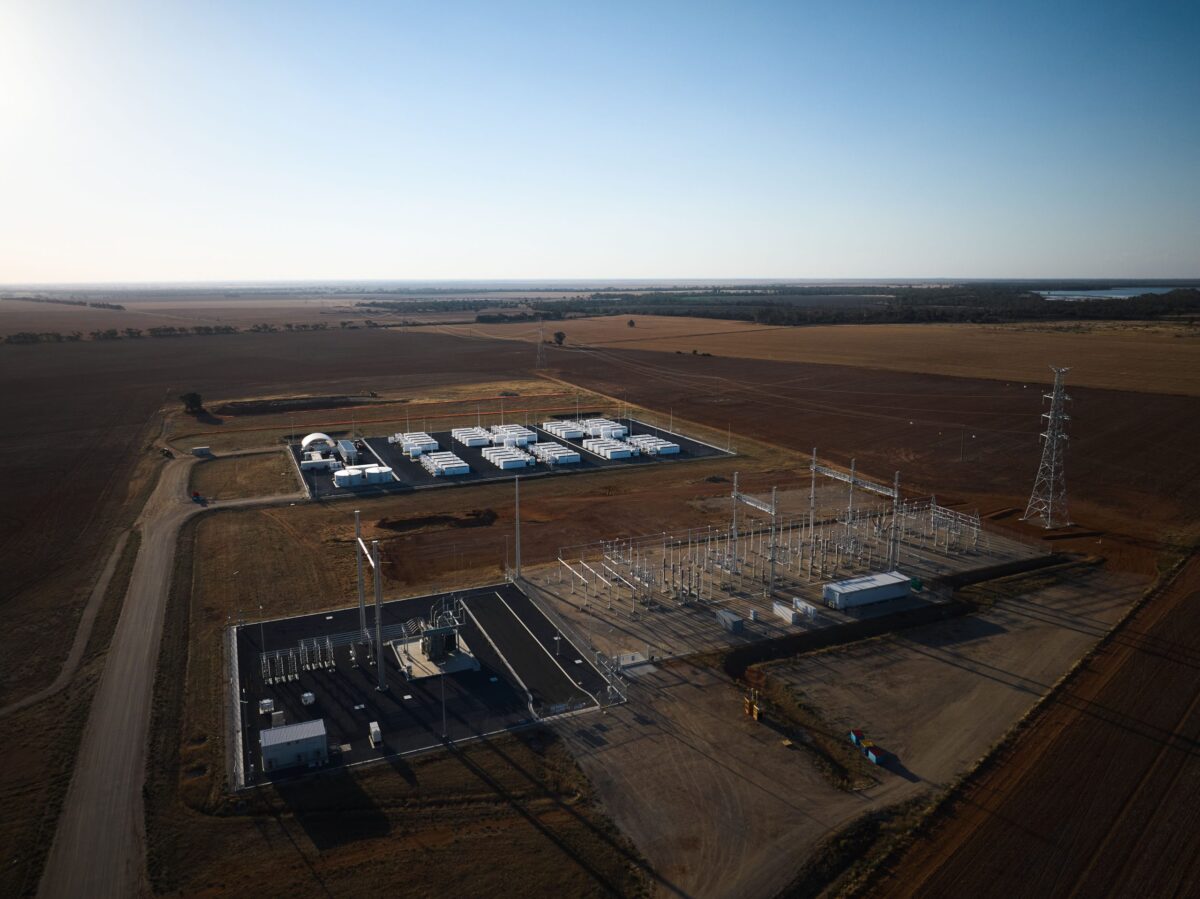
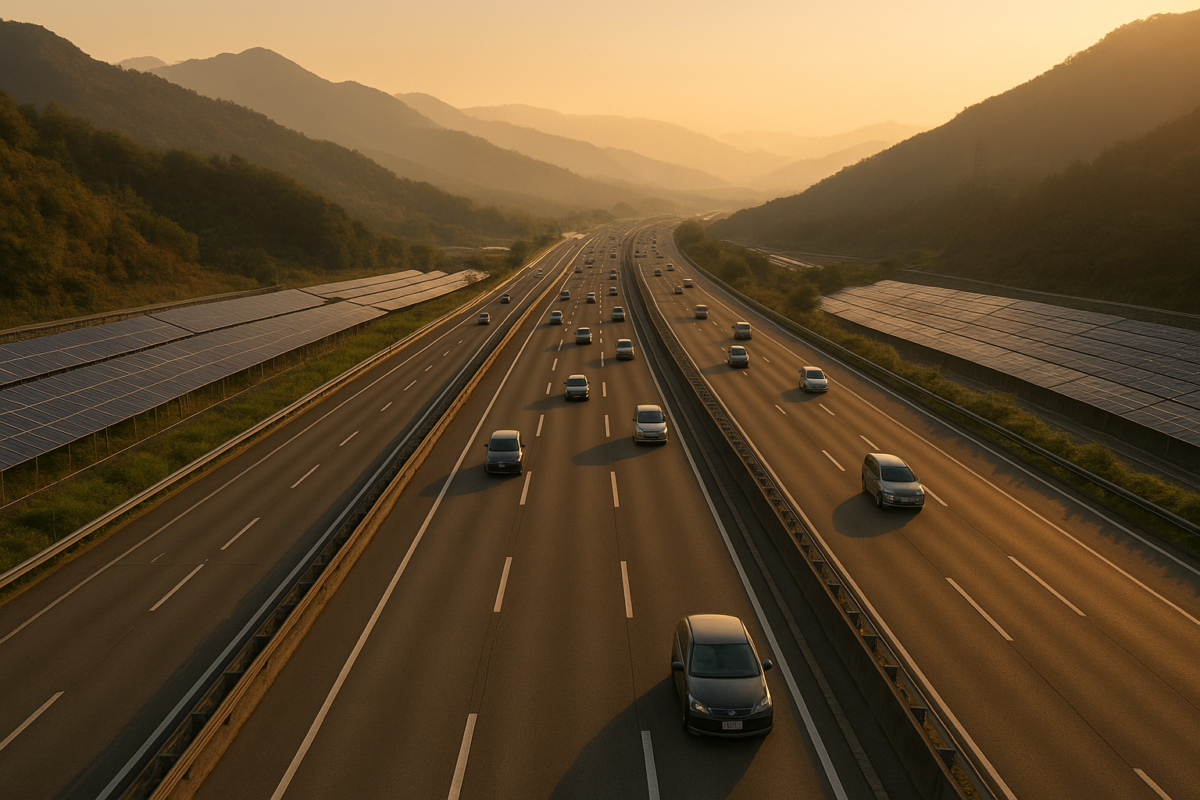
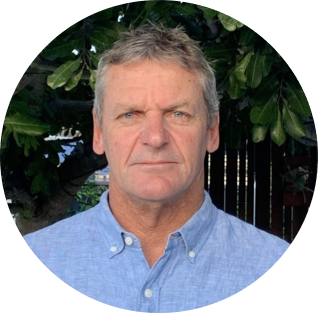

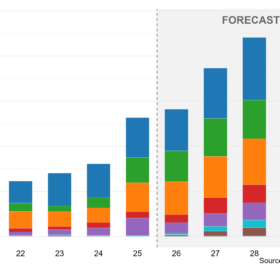
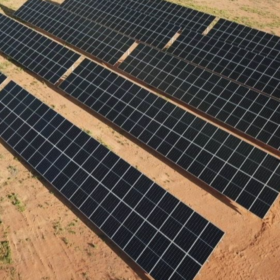
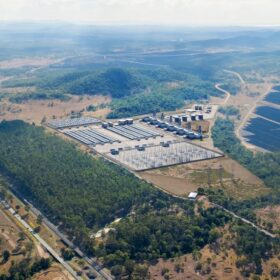
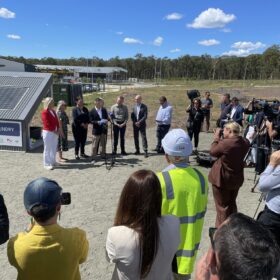
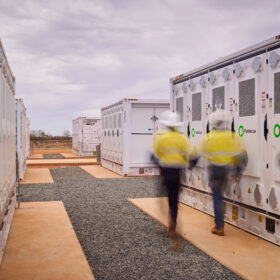
By submitting this form you agree to pv magazine using your data for the purposes of publishing your comment.
Your personal data will only be disclosed or otherwise transmitted to third parties for the purposes of spam filtering or if this is necessary for technical maintenance of the website. Any other transfer to third parties will not take place unless this is justified on the basis of applicable data protection regulations or if pv magazine is legally obliged to do so.
You may revoke this consent at any time with effect for the future, in which case your personal data will be deleted immediately. Otherwise, your data will be deleted if pv magazine has processed your request or the purpose of data storage is fulfilled.
Further information on data privacy can be found in our Data Protection Policy.